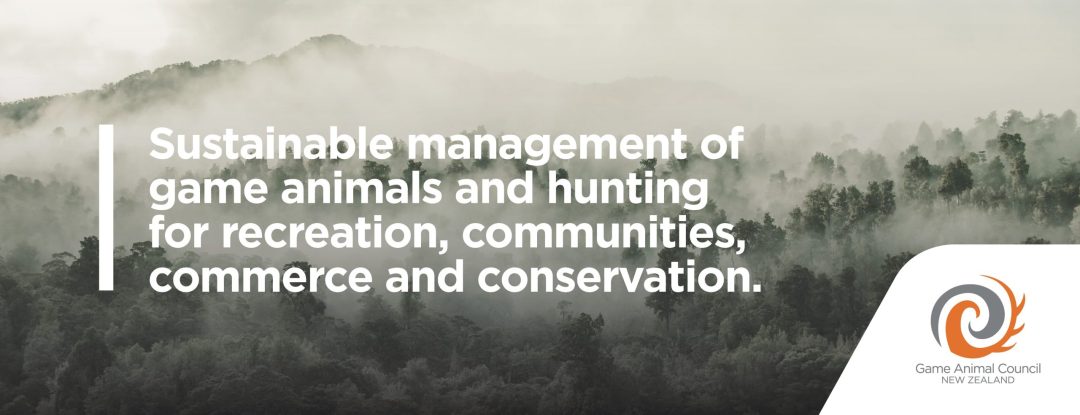The Himalayan Thar (sic) Control Plan 1993
The Himalayan Thar (sic) Control Plan 1993 (HTCP) defines how the Department of Conservation (DOC) manages Himalayan tahr in New Zealand. The HTCP was prepared in accordance with the Wild Animal Control Act 1977 and gives effect to the requirements of DOC’s Himalayan Thar(sic) Management Policy 1991.
The HTCP aims to ensure that (based on information available in 1993) the tahr population is held below an acceptable maximum, at which impacts on vegetation may be tolerable, and which provide sufficient hunter satisfaction and commercial opportunities to maintain hunting pressure.
Up until 2019 the HTCP was implemented in a limited capacity. The tahr population increased well beyond the limits set in the HTCP, and vegetation was impacted beyond tolerable levels. During this time, recreational and commercial tahr hunting activities also significantly increased. For example, there are now ten times more hunting guides than when the HTCP was established, with most offering guided tahr hunting.
Since 2019, the HTCP has been actively implemented by DOC with the aim of reducing the tahr population to the limits set in the HTCP. Given the HTCP has not been reviewed since its inception in 1993, these limits do not provide for the current levels of hunter harvest.
There is currently no directive to review the HTCP.
Himalayan Tahr Control Operational Plan 2024-2025
DOC has released the 2024-25 Himalayan Tahr Control Operational Plan (TCOP). You can view it here.
The TCOP was developed following engagement with the Tahr Plan Implementation Liaison Group, of which the Game Animal Council (GAC) is a member alongside other hunting sector organisations.
The GAC provided feedback to DOC during the development of the TCOP. This feedback is available here.
Maps from tahr surveys

DOC are publishing maps showing areas where large groups of tahr have recently been observed in popular hunting areas. The maps also show where mature bull tahr outside the National Parks were sighted and may prove useful to tahr hunters planning their next trip. These observations were recorded as part of tahr population surveys and are available here.
MU1 Hunter-led Management Project
For the last two years significant work has been going into progressing the opportunity for hunter-led tahr management in Himalayan Tahr Management Unit 1 (MU1). MU1 encompasses parts of the Rakaia, Ashburton and Rangitata catchments. This is an iterative process aimed at establishing a community agreement or similar between the hunting sector and DOC, similar to what is working so well for wapiti in Fiordland. The agreement will provide for hunter-led management of tahr in MU1 with the goal to encourage a more male-biased herd, producing better quality animals in a more resilient environment.
The programme will also collaborate with DOC on vegetation monitoring, reduce the breeding capacity of the herd by targeting females and large nanny groups, share tahr location information and hunting opportunities to facilitate management by hunters, identify the best management tools to be used at each location, provide avenues for people to learn more about and participate in tahr hunting, prioritise the recovery of meat where practical and cooperate with adjoining landowners

